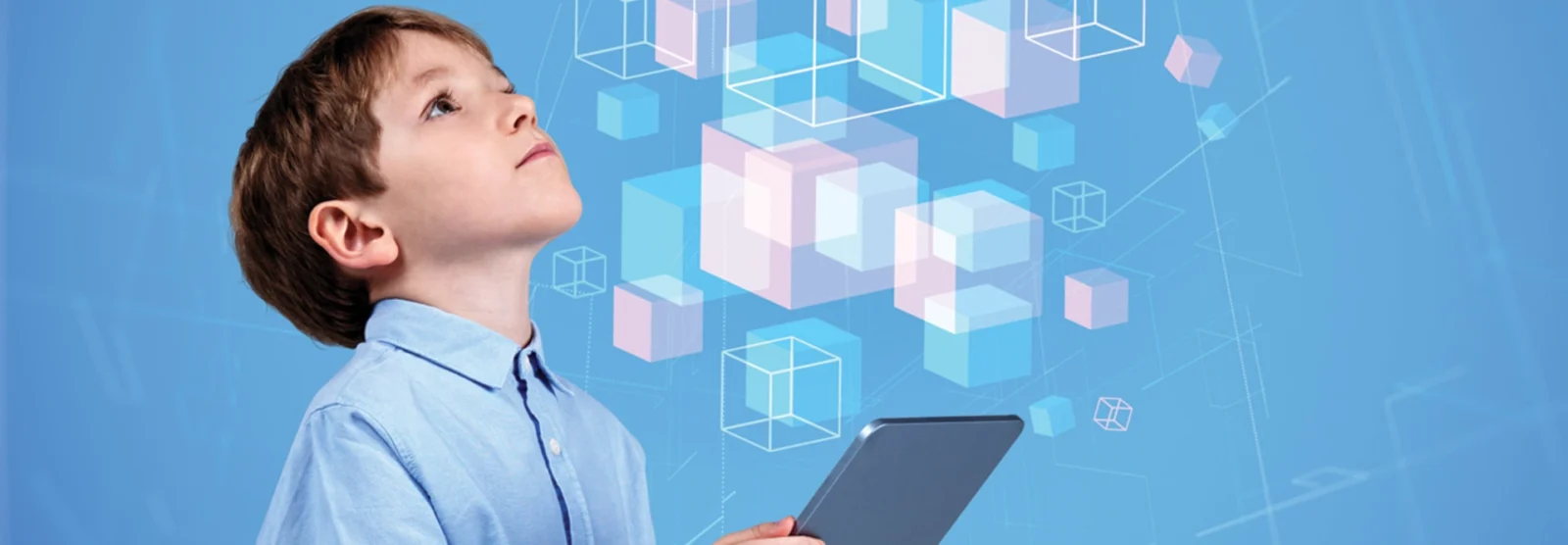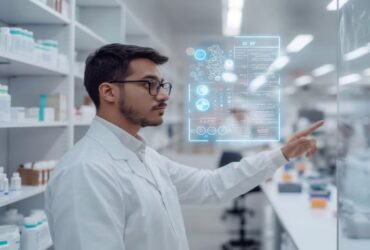Microsoft is reshaping the future of K–12 education with AI-powered tools like Copilot, designed to enhance teaching, streamline administration, and offer personalized learning experiences. As schools embrace this technology, the focus is on leveraging AI to solve a wide array of educational challenges—from reducing administrative burdens to creating tailored lesson plans and improving student outcomes.
MJ Jabbour, Chief Innovation Officer at Microsoft Education, explains that tools like Copilot aim to empower educators. Integrated seamlessly into Microsoft products like Word, Excel, and PowerPoint, Copilot enables teachers to quickly generate lesson content, assess student performance, and manage classroom tasks more effectively. By automating repetitive activities, Copilot frees up time for teachers to engage more deeply with their students.
Jabbour emphasizes that AI’s impact extends beyond productivity gains. In one example, an AI tutor bot developed by Microsoft was able to adapt its teaching strategy to better connect with a struggling student. The bot succeeded where previous teaching efforts had failed by shifting the conversation to the student’s interests and then revisiting the lesson. This kind of AI-enabled personalized learning represents a transformative opportunity for education.
Despite its benefits, the adoption of AI in schools faces hurdles. Many educators are still unfamiliar with the technology, and concerns about student misuse, such as cheating and plagiarism, are significant. Jabbour notes that Microsoft addresses these challenges through training programs like “prompt-a-thons,” which aim to build digital literacy and teach safe and effective AI use among educators and students.
As AI evolves, Microsoft remains committed to supporting schools in this transition. Copilot and other generative AI tools are not just about technology; they’re about creating a new era of teaching and learning that is more engaging, personalized, and efficient — a future where educators and students alike can thrive.













































Leave a Reply